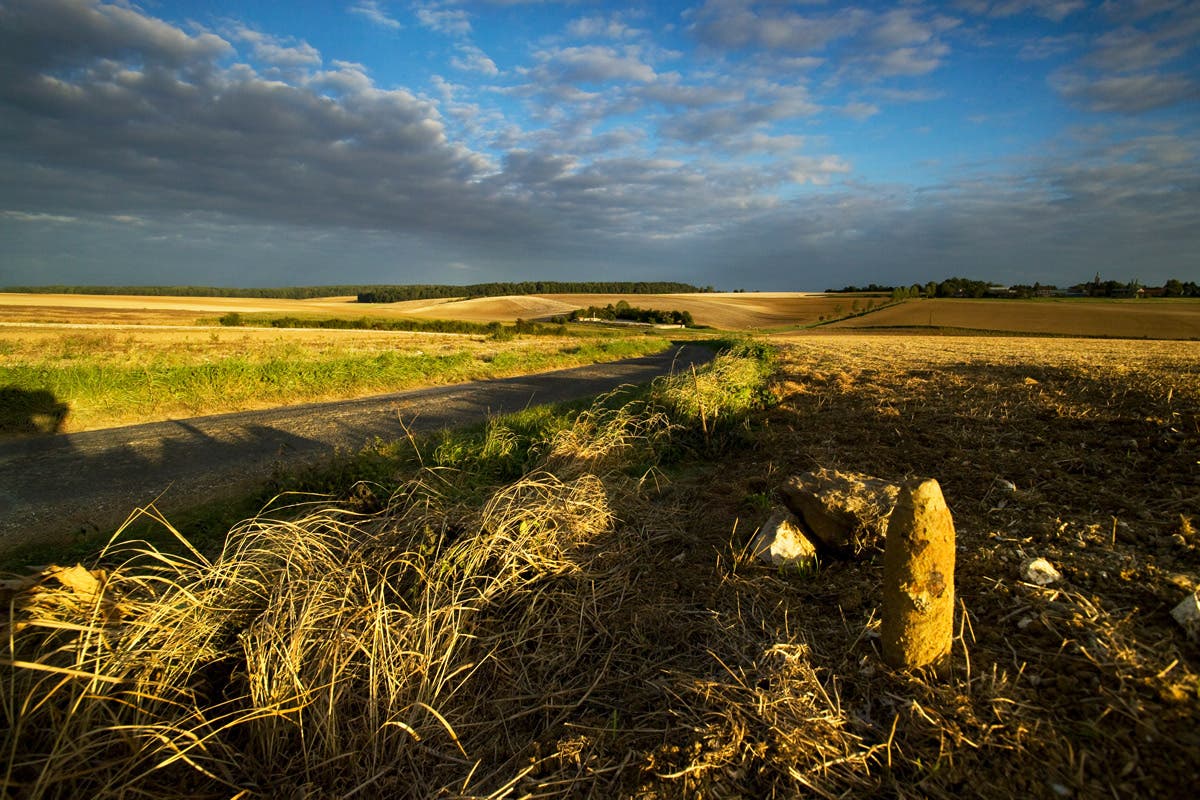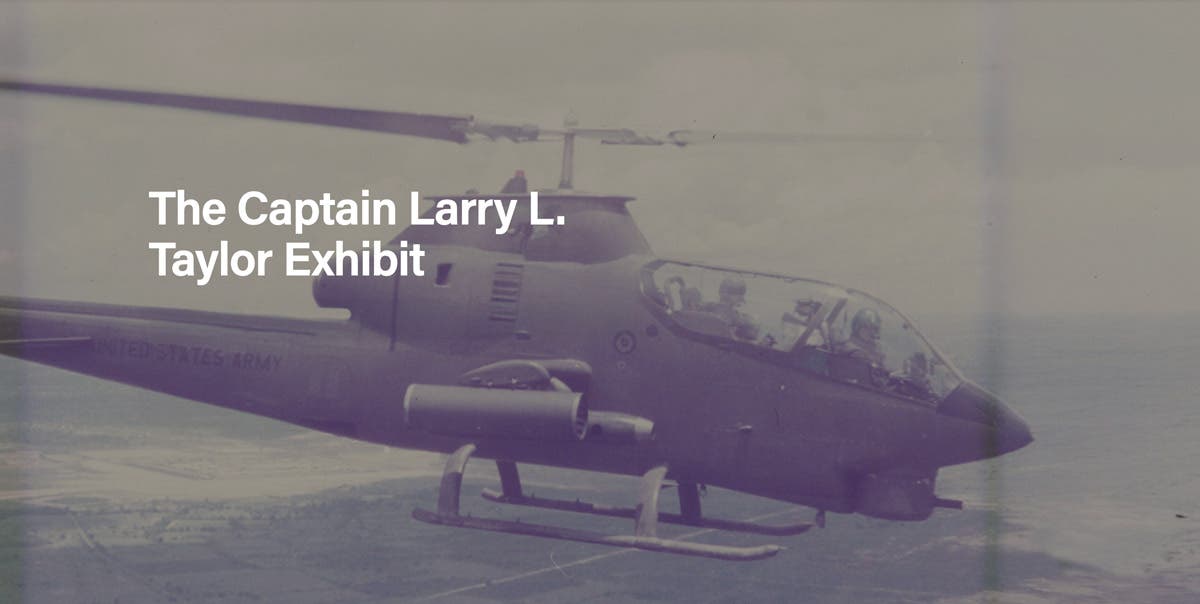Analyzing WW2-Era M1 Helmets
A discovery in a Virginia National Guard armory sparks a deep-study of WWII-era helmets.
by Alexander F. Barnes and Major Brendan L. Barclay
In the May 2017 edition of Military Trader, we shared our initial analysis of the M1917A1 helmets that the Virginia National Guard recently recovered. In this article, we will do the same for the M1 helmets found in the same warehouse.
Under the guidance of the 28th Adjutant General of Virginia, Major General Timothy Williams, we performed an inventory and analysis of the helmets in order to properly account for them and to share our findings. We know that there are many people interested in the multitude of variations of M1s that were produced by the United States from WWII until after the end of the Vietnam War. What follows in this is our collaborative process of documenting, preserving, researching, and interpreting these materials to share their significance with the public and other historians.
INTRODUCING THE M1 HELMET
The M1 helmet was the standard issue helmet for American soldiers, sailors, and Marines from the early 1940s until 1985, when it was then replaced by the Personnel Armor System for Ground Troops (PASGT) Helmet. Over the last few years, these helmets have migrated from being considered surplus scrap metal to becoming very collectible.
The Virginia National Guard recovered 32 of these helmets, all in various states of condition, ranging from very good all the way to very rusty. There were no chin straps on any of the helmets.
Our first diagnostic step was to determine if the rim added to the helmet edge had been welded at the front (“front-seam”) or in the rear (“rear-seam”). This is significant because having a front-seam is indicative of coming from earlier production while rear-seam usually indicates a later period.
The next step was to examine the loops designed to fasten the chin straps to the helmet. Earliest models had welded loops. But because soldiers in the field used their helmets for a multitude of purposes such as a seat, cooking pot, shovel, chamber pot, etc., manufacturers replaced these “fixed loops” with flexible “swivel” loops that were less susceptible to breaking. As can be seen in the table in this article, more than half of the helmets are front-seam with swivel chinstrap loops.
In most cases, we were able to read the manufacturer’s production lot marks inside the helmet. Where we could not, we annotated our spreadsheet with a small “x” for the illegible marking.
THE M1 HELMET ANALYSIS
The “M1 Helmet Analysis” table in this article provides the numerical sequence number we assigned to each helmet, its maker’s production lot number, front or rear seam, and finally a production time period. We also noted that three helmets (numbers 18, 24, and 29) were manufactured by Schlueter Manufacturing Company of St. Louis while all the others were produced by the McCord Radiator and Manufacturing Company of Detroit. To this date, we cannot determine production periods for the Schlueter helmets from the maker’s marks. Two helmets produced by McCord came from the same heat lot. Several others had very close heat lots, indicating that they may have been in the same initial shipment to the installation.
The comprehensive history, varying conditions, and provenances of these helmets are central to the Curator of the Virginia Department of Military Affairs’ process in developing future exhibitions as well as possibly adding them to the Virginia National Guard Museum’s permanent collection. Our curator, Sarah Campbell, is currently researching which of these and the M1917A1 helmets would form valuable exhibition cornerstones and best exemplify the Virginia National Guard’s tactical headgear for the greatest part of the 20th century.
Alexander Barnes is the Virginia National Guard Command Historian and the author of several military history books including, To Hell with the Kaiser: America Prepares for War. Major Brendan Barclay serves in the Virginia National Guard as the Deputy J4 (Sustainment), and as an Exercise Project Officer. He has volunteered many hours to the cataloguing, preservation, and restoration of many WWII items in several museums.
You may also like:
*As an Amazon Associate, Military Trader / Military Vehicles earns from qualifying purchases.
Alexander F. Barnes was born in Niagara Falls, New York, and grew up in an Air Force family. He enlisted in the Marine Corps in 1974 and then joined the Army National Guard in 1977, retiring as a Virginia Army National Guard chief warrant officer in 2004. He retired as a US Army Civilian at Fort Lee in July 2015. Barnes has a master’s degree in Anthropology and has authored 7 military history books His most recent World War One books have told the story of immigrants in the US Army and the close linkage of the Doughboys and baseball. He currently serves as the Command Historian for the Virginia National Guard.








